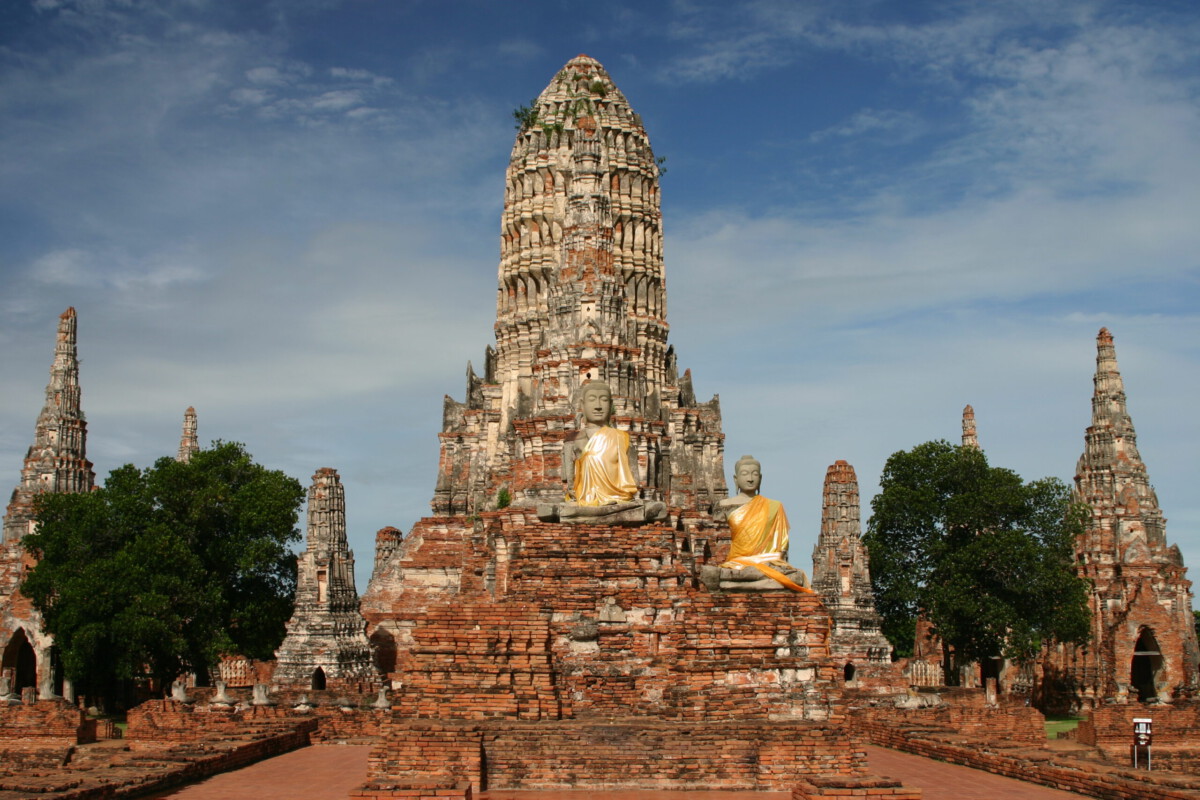Alcatraz Prison – The Rock That Never Actually Held Its Worst Criminals
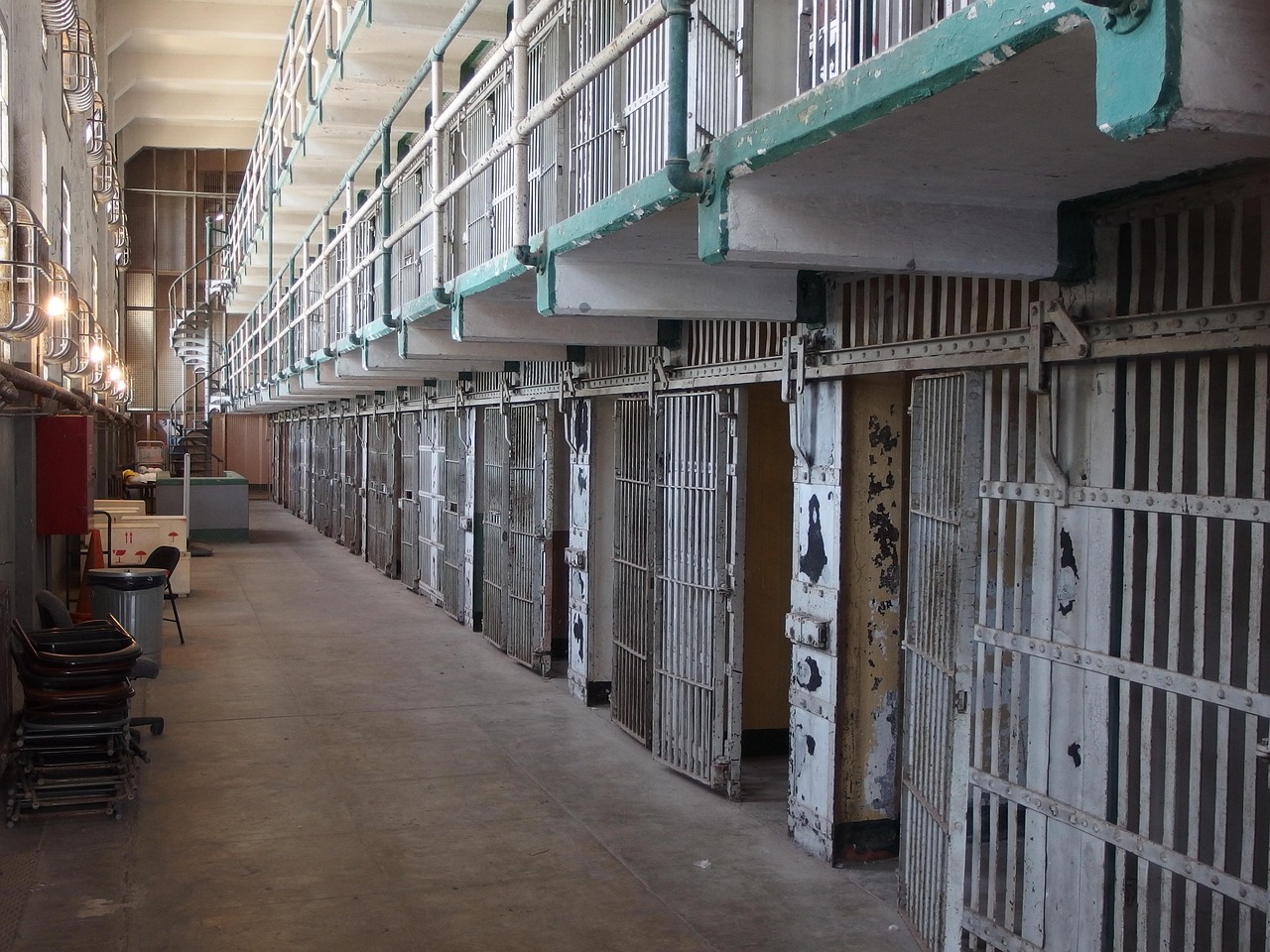
Everyone thinks Alcatraz was America’s most terrifying prison, but here’s the shocking truth: Alcatraz never even held its capacity of 336 inmates. The infamous “escape-proof” island actually housed fewer than 300 prisoners at any time before closing in 1963. On May 4, 2025, President Donald Trump proposed reopening the prison for “America’s most ruthless and violent offenders”, but experts say this would be incredibly expensive. The BOP closed the prison after determining that an estimated $3-5 million was needed just for restoration and maintenance work to keep the facility open. That’s $31-52 million in 2025 dollars, and that doesn’t account for deterioration over the past 62 years since closure. Alcatraz was 3D-mapped for the first time in history in a groundbreaking 2023-2025 project that revealed hidden secrets about the island’s past. One of those findings is the imaging of the original Civil War-era sallyport, or secured entrance — something that hadn’t been seen in living memory. Located on the east side of Alcatraz Island, the original 1857 sign on the sallyport was concealed by a century-old building that backed up onto it.
Mount Rushmore’s Secret Hall of Records – Hidden Vault Behind Lincoln’s Head
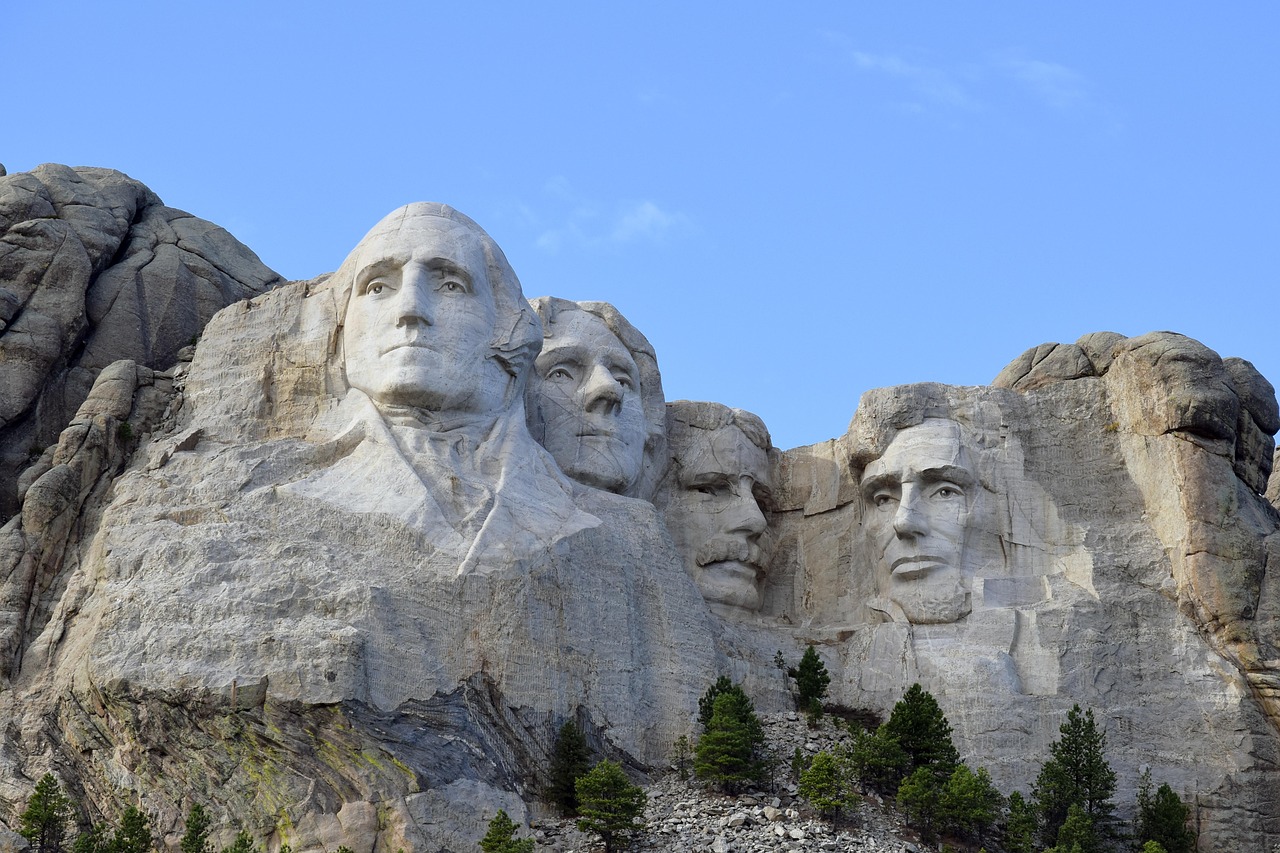
Borglum originally envisioned a grand Hall of Records where America’s greatest historical documents and artifacts could be protected and shown to tourists. He managed to start the project, but cut only 70 feet (21 m) into the rock before work stopped in 1939 to focus on the faces. In 1998, a repository was constructed inside the mouth of the cave housing 16 enamel panels with biographical and historical information about Mount Rushmore as well as the texts of the documents Borglum wanted to preserve there. Most tourists have no idea this secret vault exists behind the monument. In 1938, Gutzon Borglum secretly began blasting a Hall of Records into the mountain behind the heads. Borglum intended the Hall of Records to be a vault containing the nation’s history and vital documents like the Constitution. Congress found out about the project and demanded Borglum use the federal funding for the faces, not the Hall of Records. Gutzon reluctantly stopped working on the hall in 1939 but vowed to complete it. The mountain carving used far more explosives than people realize – Ninety percent of Mount Rushmore was carved using dynamite, and about 450,000 short tons (410,000 t) of rock were blasted off the mountainside.
Salem Witch Trials – The Real Culprit Might Have Been Moldy Bread
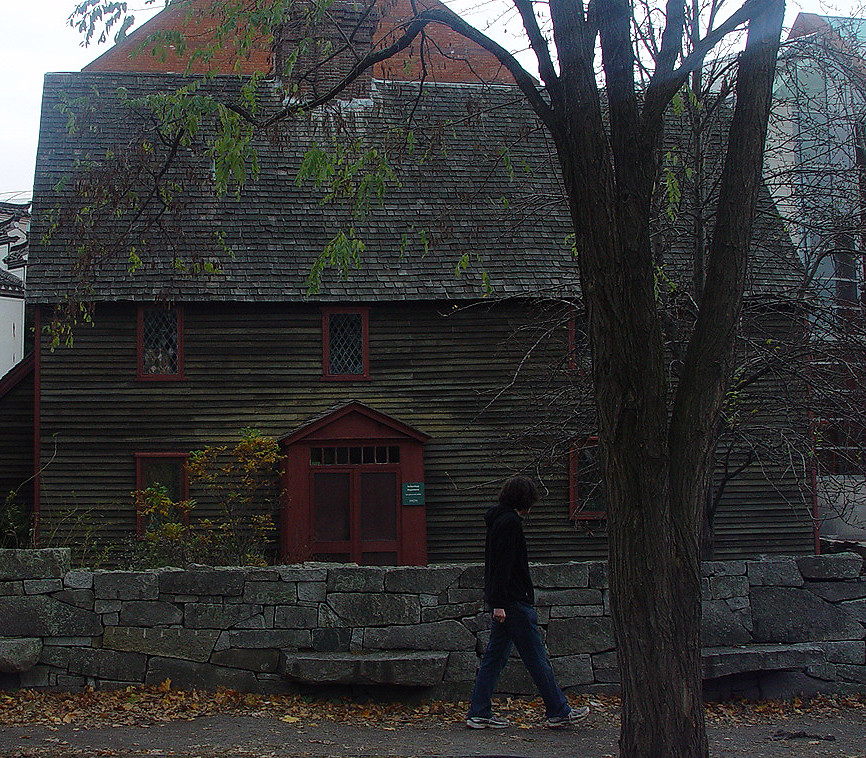
The Salem Witch Trials weren’t just about superstition and fear – modern scientists believe the “bewitched” girls might have been poisoned by their breakfast. Some scholars have speculated that the strange behavior may have resulted from some combination of asthma, encephalitis, Lyme disease, epilepsy, child abuse, delusional psychosis, or convulsive ergotism—the last a disease caused by eating bread or cereal made of rye that has been infected with the fungus ergot, which can elicit vomiting, choking, fits, hallucinations, and the sense of something crawling on one’s skin. (The hallucinogen LSD is a derivative of ergot.) The Salem witch trials (1692–93) were a series of investigations and persecutions that caused 19 convicted ‘witches’ to be hanged and many other suspects to be imprisoned in Salem Village in the Massachusetts Bay Colony. Today, the city of Salem attracts more than 1 million tourists per year, many of whom are seeking to learn more about these events. Known as the Witch City, Salem welcomes around 1 million tourists every year. The foundations of the Salem Village parsonage, where the Parris family lived during the hysteria, were discovered during an excavation of the site in 1970. The exposed foundations are accessible via a cart path behind 76 Centre Street in Danvers. What’s truly chilling is that nine judges appointed by Governor Sir William Phips to serve on the court in Salem were respected, educated and affluent members of the community, but none had formal legal training. While fulfilling his role as judge, Sewall took part in proceedings that sent 19 innocent people to their deaths.
Paul Revere’s Midnight Ride – He Never Actually Made It to Concord
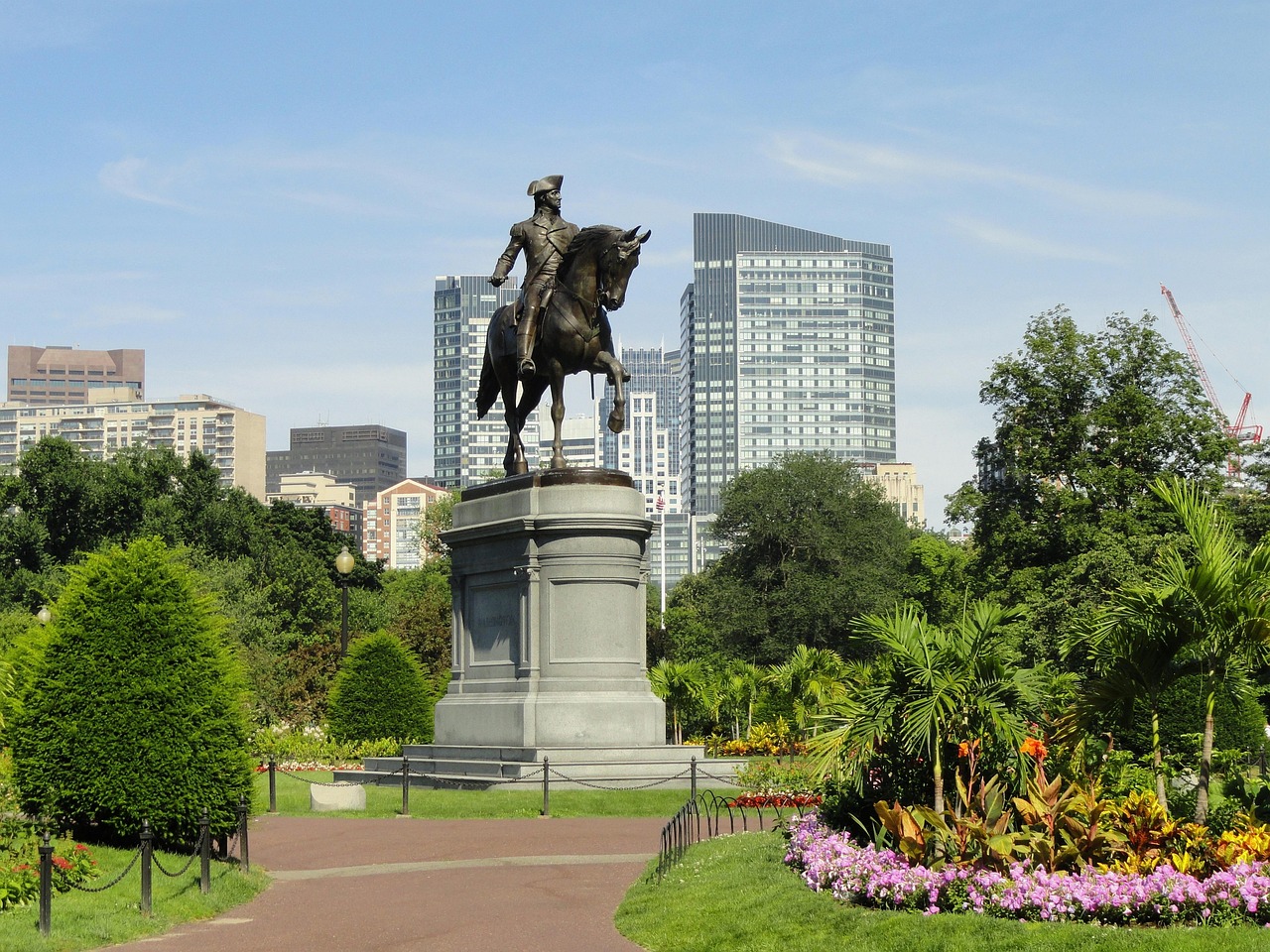
Henry Wadsworth Longfellow’s famous poem got it wrong – Paul Revere was captured before completing his mission. Both he and his compatriot William Dawes reached Lexington separately and were able to warn Hancock and Adams to flee. The two men together with Samuel Prescott (ancestor of the Bush family, which would produce two U.S. presidents) then started for Concord, but they were soon stopped by a British patrol, and only Prescott got through. Revere’s next stop that late night was Concord, Massachusetts, a hotbed of the resistance and the suspected location of the British troops’ second attack. But Revere, Dawes and a third rider named Samuel Prescott were captured by the British en route, and only Prescott reached Concord. Revere was soon released, but he had already helped give the colonial militia a key advantage by alerting them to the impending attack by the British. What makes this even more interesting is that on December 13, 1774, four months before his historic “Midnight Ride”, Paul Revere rode 55 miles from Boston to Portsmouth, New Hampshire to warn of the imminent seizure by British troops of ammunition stored at Fort William and Mary which was guarded by a small contingent of just 6 British soldiers. This led to one of the first acts of rebellion as 400 townspeople raided the garrison’s gunpowder to prevent the takeover. On December 13, 1773, Revere and his associates dressed as Indians and dumped tea into Boston Harbor, making him a key participant in the Boston Tea Party.
Boston Massacre – Paul Revere’s Propaganda Created the “Massacre” Myth
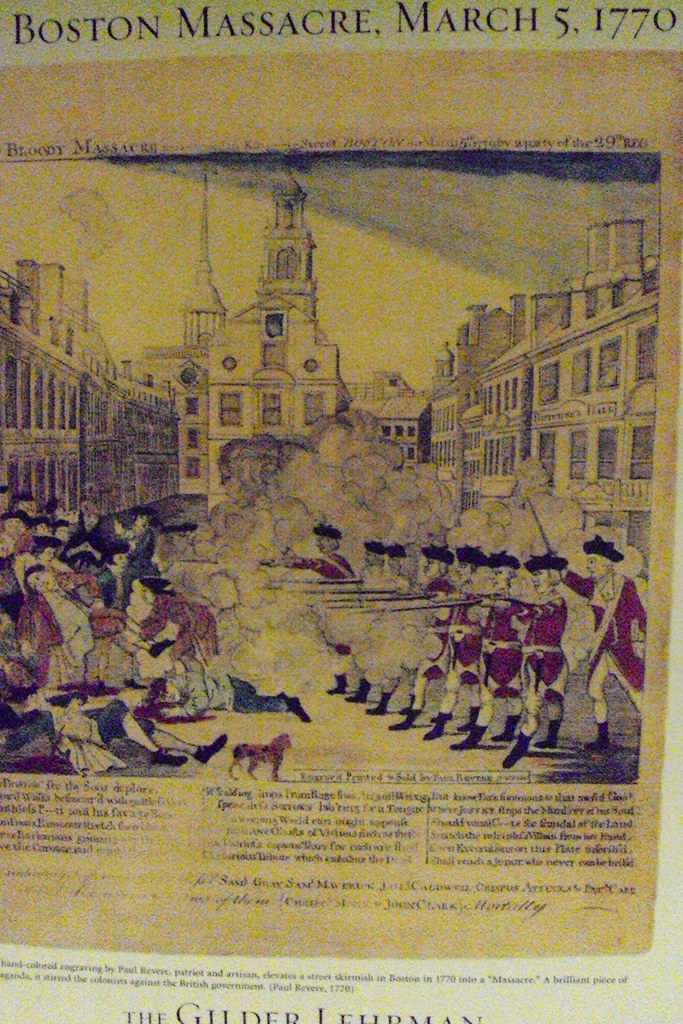
The Boston Massacre, known in Great Britain as the Incident on King Street, was a confrontation, on March 5, 1770, during the American Revolution in Boston in what was then the colonial-era Province of Massachusetts Bay. In the confrontation, nine British soldiers shot several in a crowd, estimated between 300 and 400, who were harassing them verbally and throwing various projectiles. But here’s what really happened: By the beginning of 1770, there were 4,000 British soldiers in Boston, a city with 15,000 inhabitants, and tensions were running high. On the evening of March 5, crowds of day laborers, apprentices, and merchant sailors began to pelt British soldiers with snowballs and rocks. A shot rang out, and then several soldiers fired their weapons. Produced just three weeks after the Boston Massacre, Paul Revere’s historic engraving “The Bloody Massacre in King-Street” was probably the most effective piece of war propaganda in American history. Not an accurate depiction of the actual event, it shows an orderly line of British soldiers firing into an American crowd and includes a poem that Revere likely wrote. Henry Pelham, an engraver and half-brother of celebrated portrait painter John Singleton Copley, depicted the event in an engraving. Silversmith and engraver Paul Revere copied the image and is often credited as its originator. The truth is that the British are lined up and an officer is giving an order to fire, implying that the British soldiers are the aggressors. The colonists are shown reacting to the British when in fact they had attacked the soldiers.
The National Register of Historic Places – Over 100,000 Sites and Counting
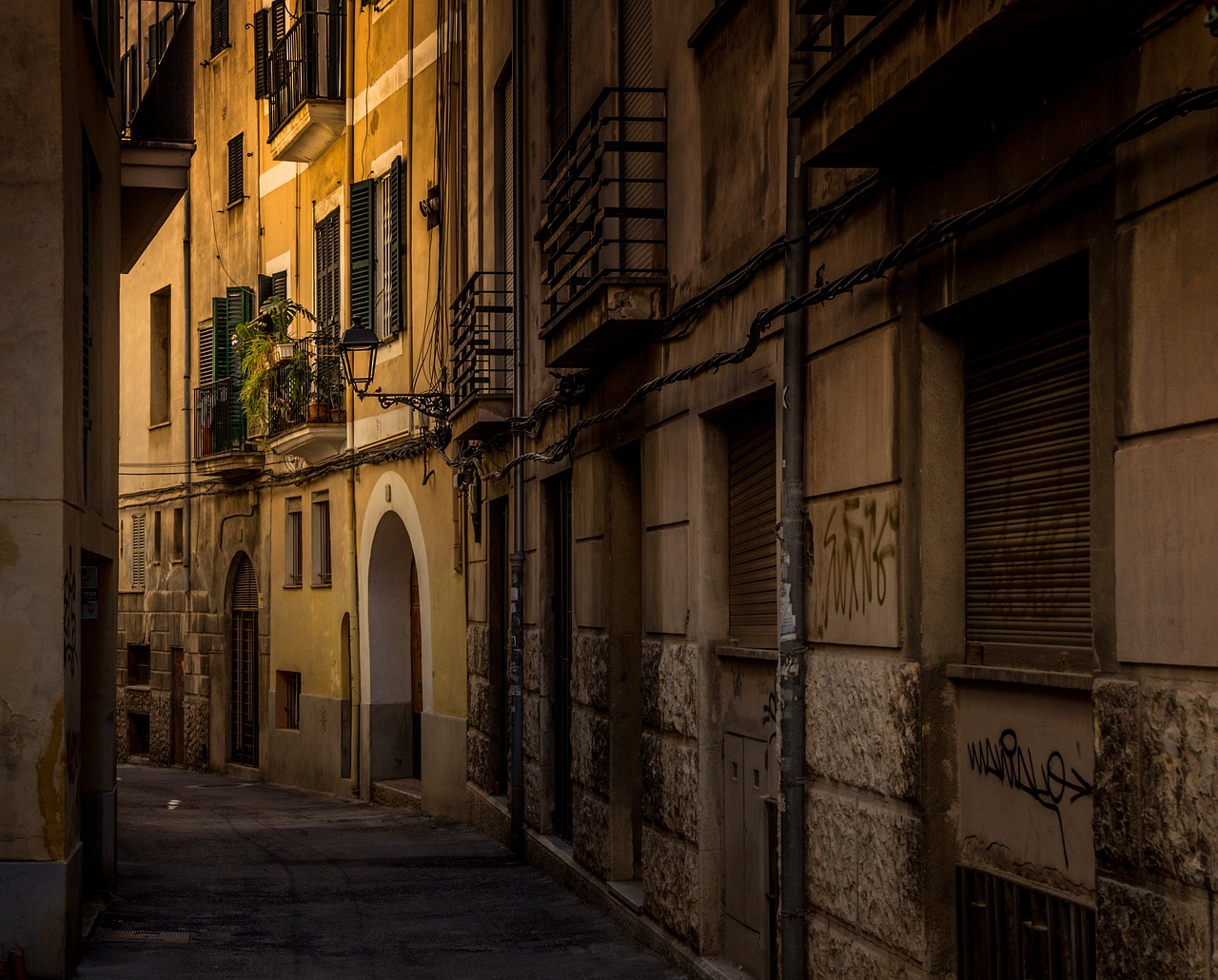
On May 9, 2025, the National Register of Historic Places marked an exciting milestone: over 100,000 properties have been listed for their significance in American history, art, architecture, engineering, and culture! This massive achievement represents decades of preservation efforts across the country. Formally established in 1966 under the National Historic Preservation Act, the National Register is the official list of historic places deemed worthy of preservation. These buildings, structures, objects, sites, and districts serve as enduring examples of the nation’s heritage, reflecting the events, people, and achievements that have shaped our country. GSA is steward of more than 400 historic properties, showing how extensive the federal government’s role is in historic preservation. The group has been issuing an annual list of U.S. sites at risk since 1988, highlighting places that need immediate attention. The National Trust for Historic Preservation announced Wednesday that the Mystery Castle is one of America’s 11 most endangered historic places in 2025. “Across the United States, compelling, meaningful historic sites are at risk, whether from natural disasters, underutilization, neglect, or lack of awareness”.
America’s Most Endangered Historic Places – Climate Change Takes Its Toll

The River Arts District in Asheville, N.C., during the flooding from Tropical Storm Helene in 2024. The French Broad River crested high enough to breach the first floor of the buildings. This devastating flood shows how climate change is threatening America’s historic sites in ways we never imagined. In 2023, Orange County approved rezoning over 2,600 acres, some located within the historic battlefield boundaries, for the “Wilderness Crossing” development. As approved, the project could include millions of square feet of data centers and distribution warehouses, commercial space, thousands of homes, and road construction on previously undeveloped land where soldiers fought and died. The Sitka Tlingit Clan Houses in southeast Alaska are critically important to both the history and the future of the Lingít (commonly spelled in English as “Tlingit”). Southeast Alaska is the ancestral home of the Tlingit people. The Sheet’ká Kwaan (Sitka people) have owned this place for thousands of years. The area now known as Sitka Indian Village began in the 1820s when several clans built a new settlement there. The Village once contained approximately 43 clan houses. Today, only eight of the original 43 clan houses remain and even fewer still function as clan houses in the traditional way. One theme connecting the 2024 list is the power of communities to come together to combat erasure and protect the cultural landmarks, treasured local businesses, restaurants, customs, and traditions that help tell the layered stories of those who’ve called a place home. By rallying around the places that bring these stories to life, communities are not only empowered by their unique pasts, but also safeguarding a sense of identity, continuity, and vitality for the future.
Mount Rushmore’s Controversial Foundation – Built on Sacred Land
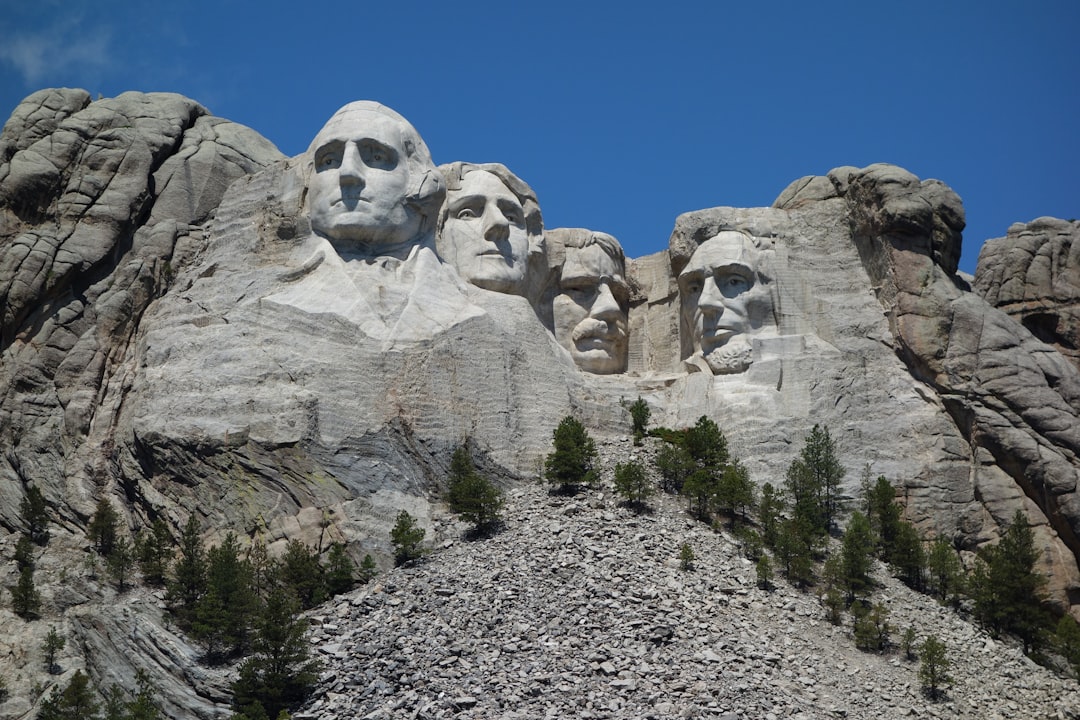
The 1980 United States Supreme Court decision United States v. Sioux Nation of Indians ruled that the Sioux had not received just compensation for their land in the Black Hills, which includes Mount Rushmore. The court proposed $102 million as compensation for the loss of the Black Hills. This compensation was valued at $1.3 billion in 2011, and – with accumulated interest nearly $2 billion in 2021. In 2020, Oglala Lakota Nation citizen and Indigenous activist Nick Tilsen explained that his people would not accept a settlement, “because we won’t settle for anything less than the full return of our lands as stipulated by the treaties our nations signed and agreed upon.” Many local Lakota see Mount Rushmore as a desecration of their sacred homeland. To add insult to injury, the carving, of four white men, is a reminder of the affliction the Lakota faced. The Treaty of Fort Laramie, hashed out between the United States and the Lakota in 1868, declared the Black Hills to be Lakota land. But, in the 1870s, at the behest of President Ulysses S. Grant, a small army led by Lt. Col. George Armstrong Custer occupied the region. Gold was struck, and a rush of panhandlers began to illegally settle the area. The Great Sioux War erupted in 1876, and by 1877, an act of Congress forced the defeated Lakota to surrender their land. Borglum titled his sculpture at Mount Rushmore as the Shrine of Democracy, but the illegal seizure of the Black Hills where the memorial is located has led to some critics to refer to it as the “Shrine of Hypocrisy”. What many people don’t know is that remarkably, no one died during construction. Though it was arduous and dangerous work, no lives were lost during the completion of the carved heads.
The Crazy Horse Memorial – A Response Bigger Than Mount Rushmore
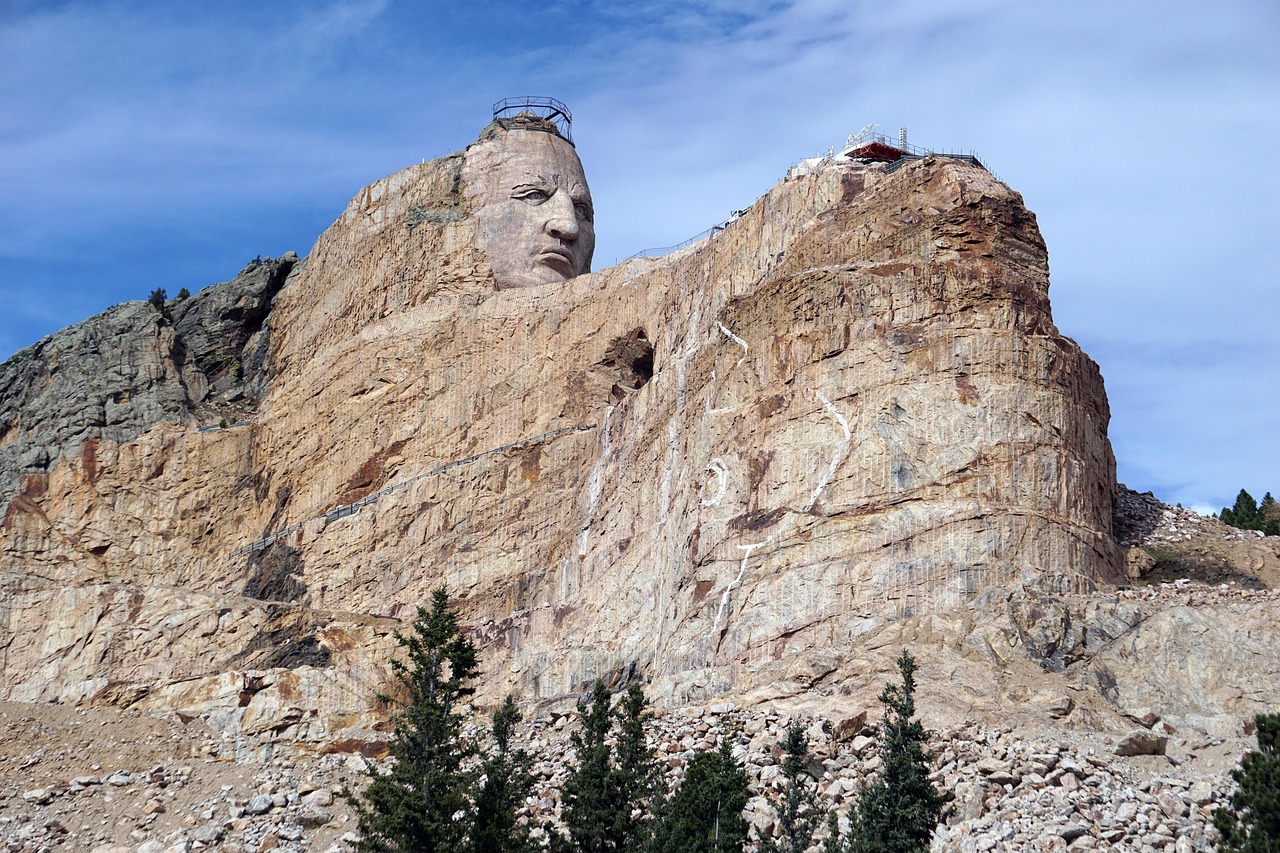
Construction on the Crazy Horse Memorial began in 1940 elsewhere in the Black Hills. Ostensibly to commemorate the Native American leader and as a response to Mount Rushmore, if completed it would be larger than Mount Rushmore. In the 1930s, Lakota Chief Henry Standing Bear took one stance. He hired a sculptor by the name of Korczak Ziolkowski to carve the face of Crazy Horse, the legendary Lakota leader, in a cliff just 15 miles away. After working a summer at Mount Rushmore, Sculptor Korczak Ziolkowski joined forces with Lakota Chief Henry Standing Bear to create a memorial honoring American Indians. The Crazy Horse Memorial is still under construction, but Crazy Horses’ face dwarfs Washington’s face by 27 feet! The Crazy Horse Memorial Foundation has rejected offers of federal funds. Its construction has the support of some Lakota chiefs, but it is the subject of controversy, even among Native American tribes. This massive project represents one of the most ambitious sculptures ever attempted, yet it remains largely unknown compared to its more famous neighbor. The irony is striking: while Mount Rushmore took 14 years to complete, the Crazy Horse Memorial has been under construction for over 80 years and shows no signs of finishing anytime soon.
The Benjamin Black Elk Story – Mount Rushmore’s Unofficial Fifth Face
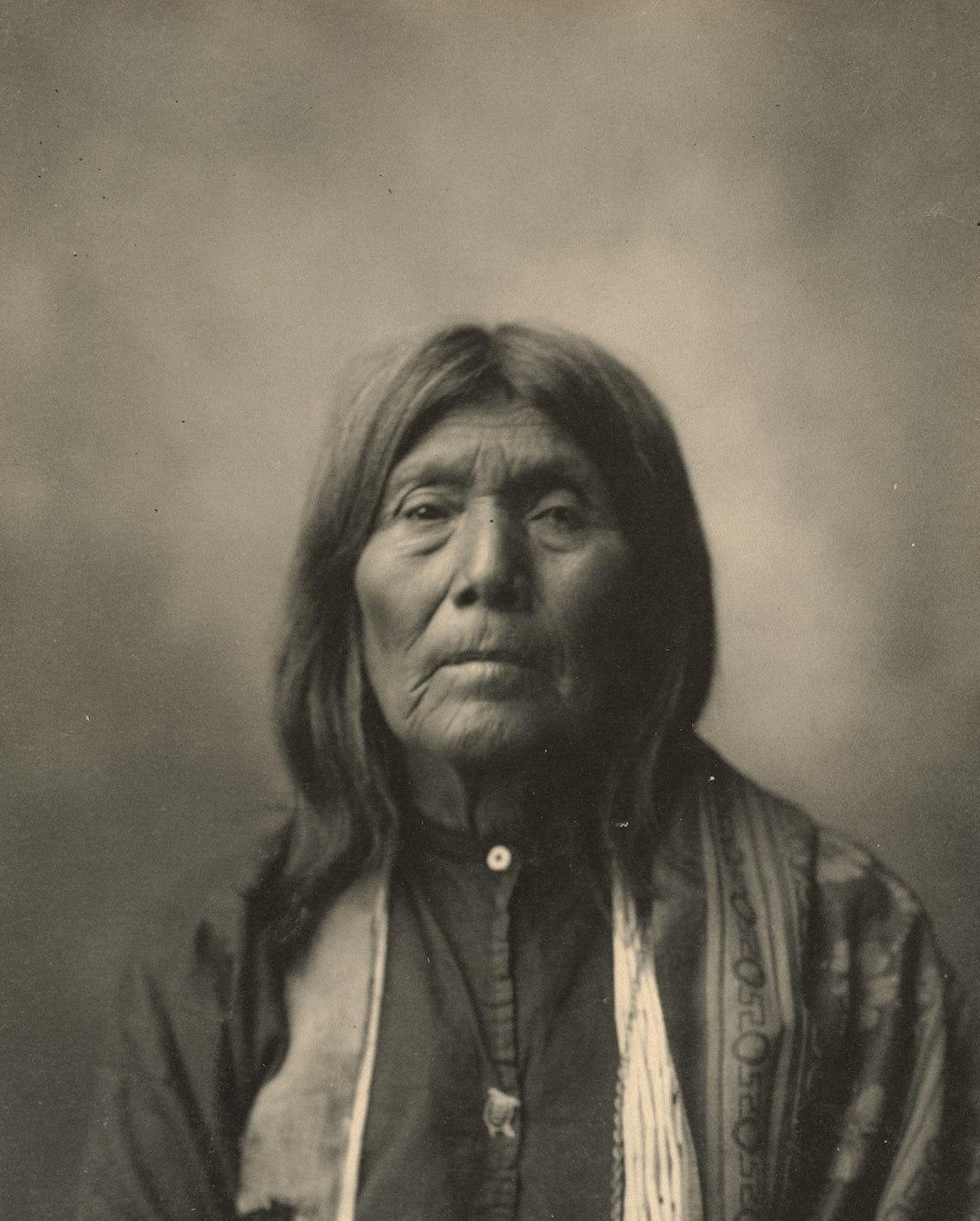
In the 1950s and 1960s, local Lakota Sioux elder Benjamin Black Elk (son of medicine man Black Elk, who had been present at the Battle of the Little Bighorn) was known as the “Fifth Face of Mount Rushmore”, posing for photographs with thousands of tourists daily in his native attire. The South Dakota State Historical Society notes that he was one of the most photographed people in the world over that 20-year period. However, for over 20 years, visitors were greeted by Ben Black Elk, unofficially called the fifth face of Mount Rushmore. Ben Black Elk “was a successful rancher, traveled extensively, and testified before Congress on the importance of teaching Indian history to Indians.” Historians estimate that 5,000 photos were taken of him a day for his 27 years at Mount Rushmore. This incredible statistic means that Ben Black Elk may have appeared in more photographs than the presidents carved into


